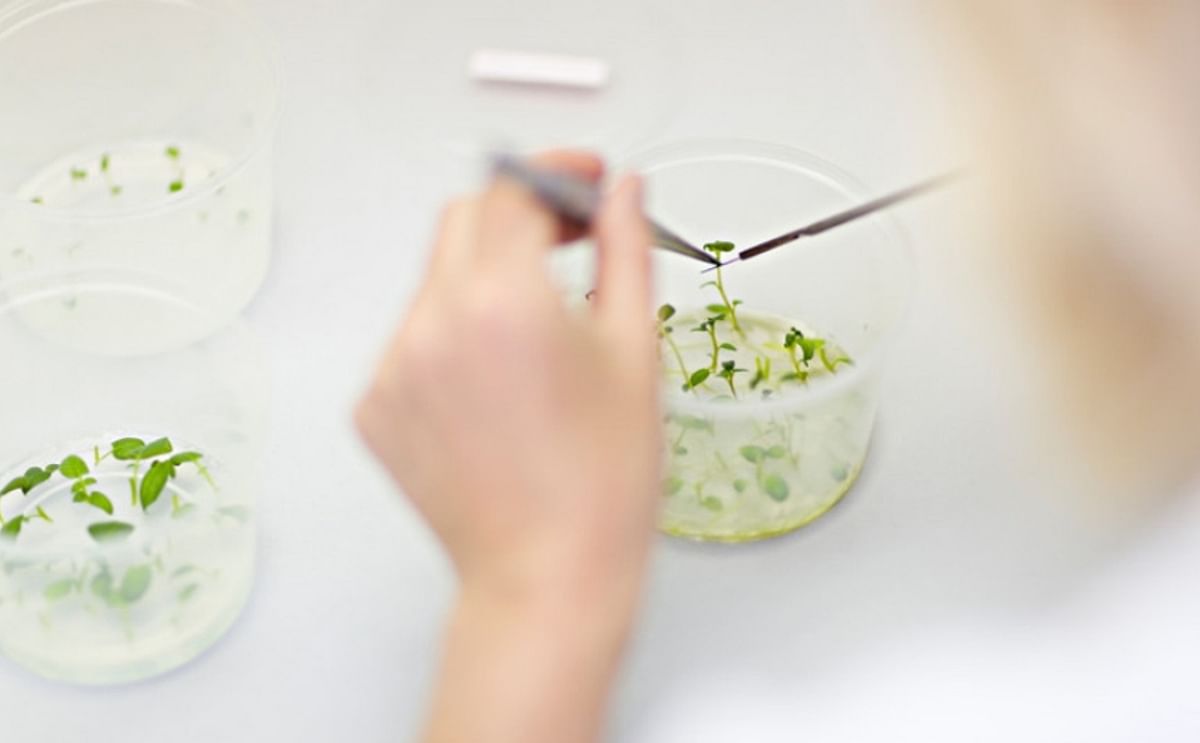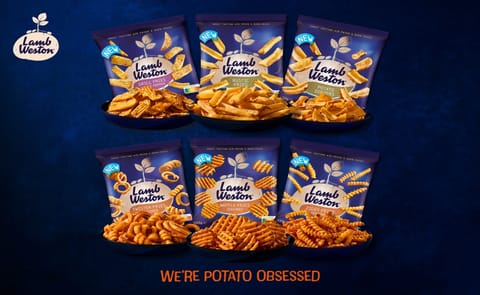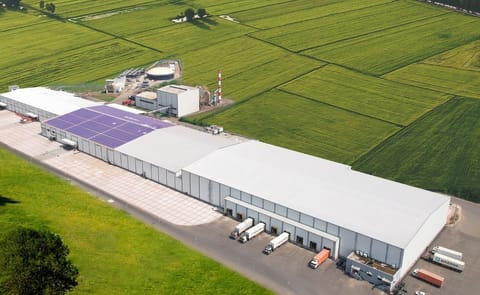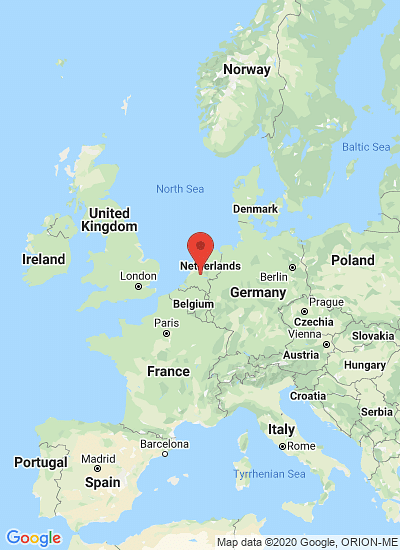Working with in-vitro potato plantlets (Courtesy: HZPC)
European Union ends patents on conventional plant breeding - stimulating innovation

Plant breeders must have free access to biological material in order to be able to breed new crop species. Patent law thus does not apply to conventional plant breeding.
This was unanimously confirmed by the European Member States at the Competitiveness Council in Brussels. The Member States indicated that it was never the intention when drawing up the Biotech Directive – which regulates patent protection of biotechnological inventions – to grant patents to products that are the result of an essentially biological process.
Gerard Backx, CEO at HZPC:
The patents give them less access to genetic diversity, thus restricting innovation in the plant breeding sector.
This is undesirable, as plant breeders play an important role in the global food supply. They develop new plant varieties capable of withstanding a wide variety of conditions, which, for example, includes resistance to drought and plant diseases.
Dutch Secretary of State Van Dam:
This was unanimously confirmed by the European Member States at the Competitiveness Council in Brussels. The Member States indicated that it was never the intention when drawing up the Biotech Directive – which regulates patent protection of biotechnological inventions – to grant patents to products that are the result of an essentially biological process.
Gerard Backx, CEO at HZPC:
"For years we have been looking forward to a decision on this topic. We acknowledge the decision taken by the EU.”The problem posed by patent law was that plant breeders were prohibited from using protected material for developing and exploiting a new plant variety without the permission of the patent holder.
“It is good news for HZPC and the entire market. It allows us to innovate faster, and thus make an impactful contribution to the development of responsible nutrition for a growing world population."
The patents give them less access to genetic diversity, thus restricting innovation in the plant breeding sector.
This is undesirable, as plant breeders play an important role in the global food supply. They develop new plant varieties capable of withstanding a wide variety of conditions, which, for example, includes resistance to drought and plant diseases.
Dutch Secretary of State Van Dam:
“This breakthrough in the discussion about patent law is extremely important to plant breeders, and as a consequence also to food supply.”
“Breeders play a crucial role in food production by continually developing new and better crops.”
“If they have free access to biological material, this stimulates innovation in the plant breeding sector, which is good for competitiveness and ultimately also for global food security.”
Like to receive news like this by email? Join and Subscribe!
Get the latest potato industry news straight to your WhatsApp. Join the PotatoPro WhatsApp Community!
Highlighted Company
Sponsored Content
Sponsored Content
Sponsored Content
Sponsored Content








